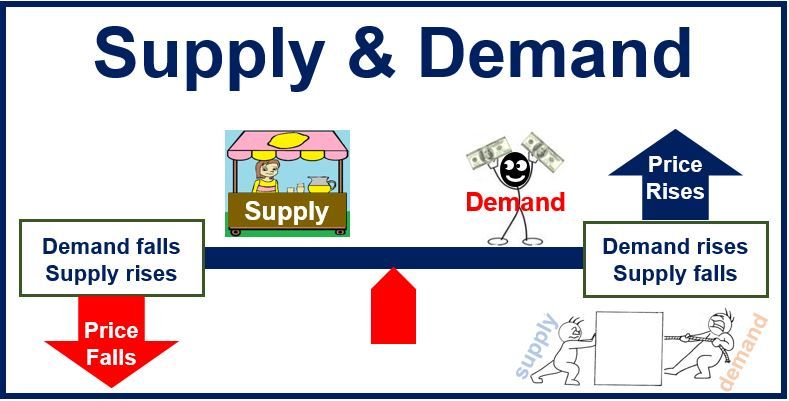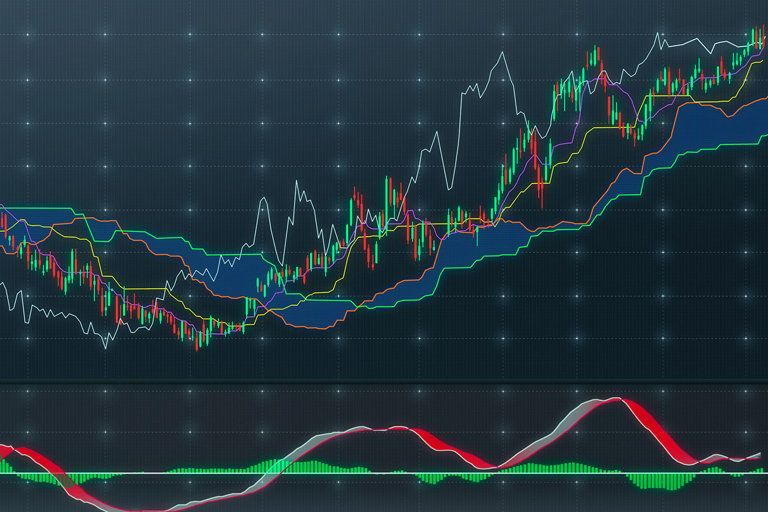Support and Resistance Trading Strategy – The Advanced Guide
Learn how to trade support and resistance, so you can find favorable risk to reward trades, and profit from ''trapped'' traders.
Sz. Daniela





